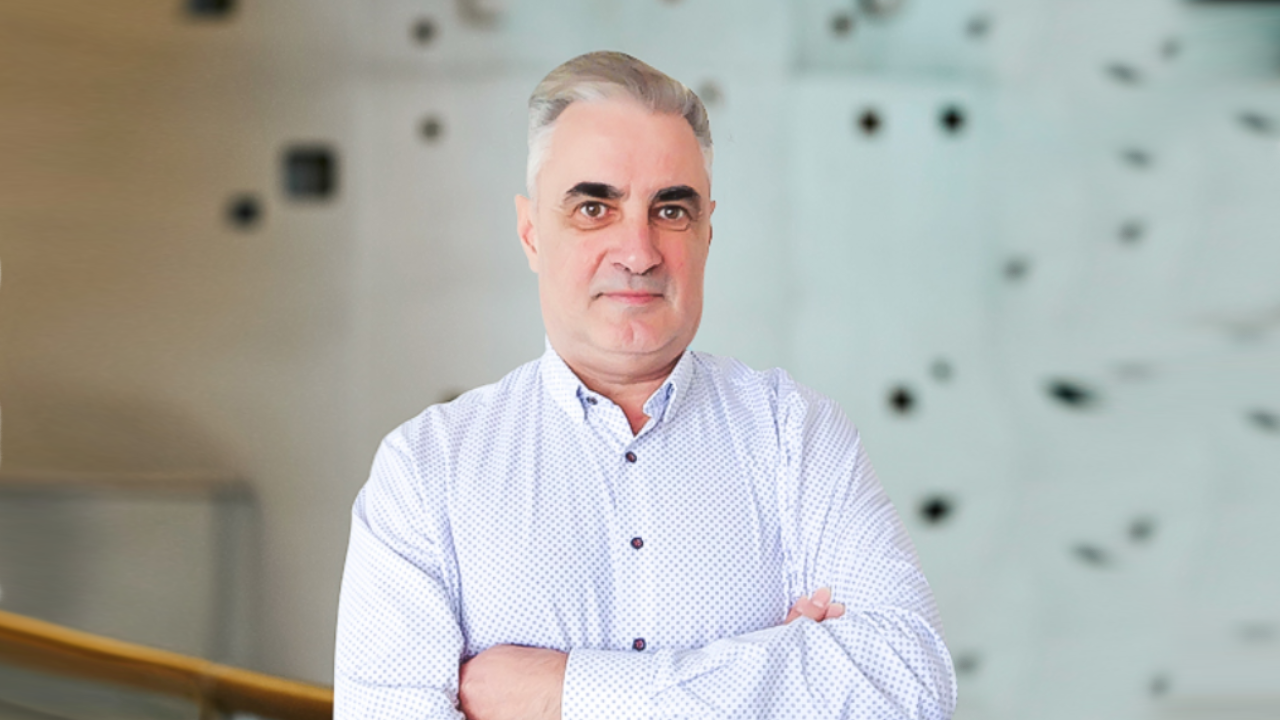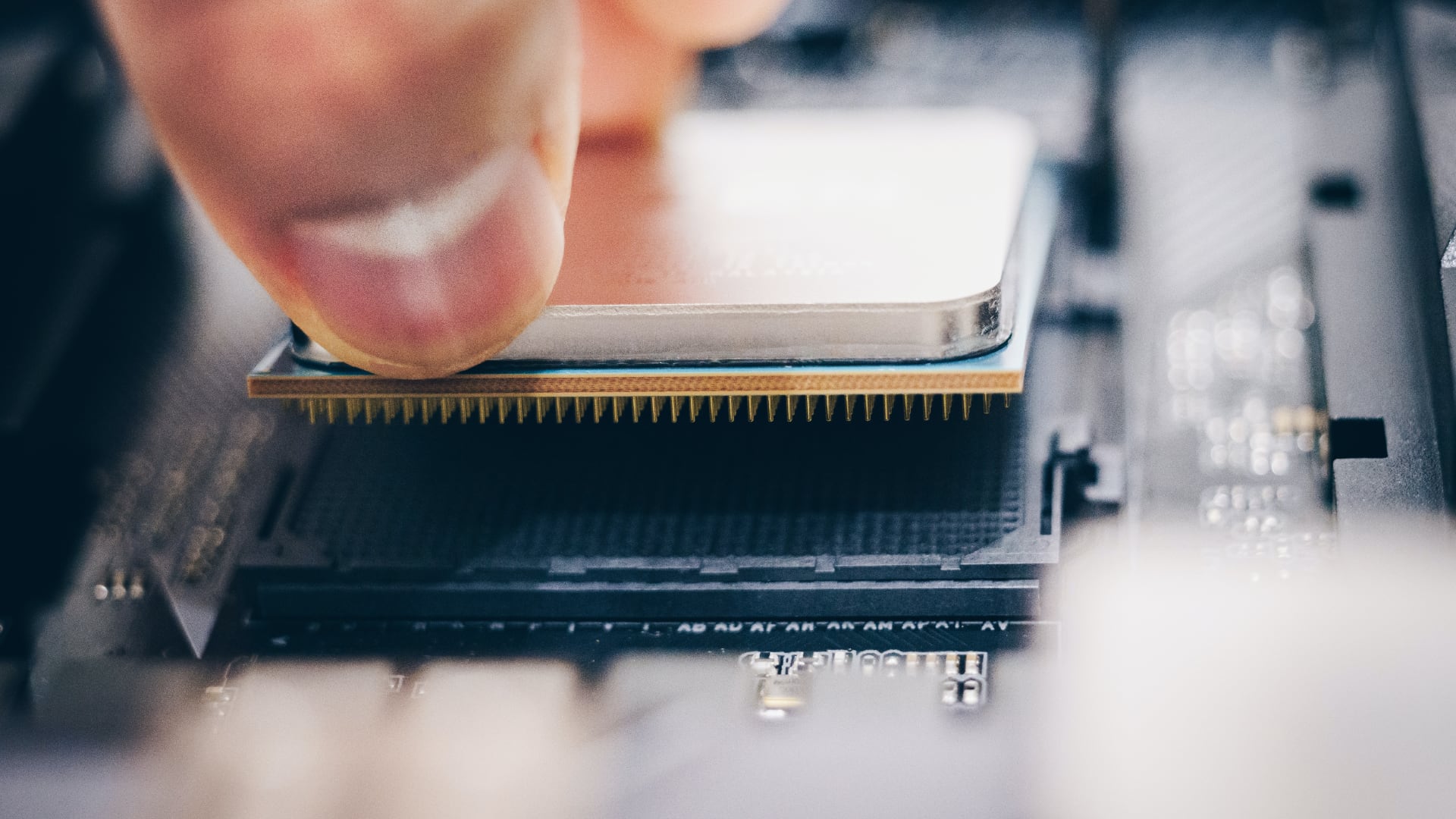.
.
Brandsit: What is RF technology? .
Zbigniew Bigaj, Co-founder and Head of R&D at Blulog: .
RF (Radio Frequency) is a physical platform used to transmit information, much like Wi-Fi or Bluetooth. It functions in the following way: data is transmitted in the form of bytes or bits on the one hand and received, decoded and translated into specific information, an action in an application or a functional element of a device on the other. The technology itself has, of course, been known for a very long time and everyone is familiar with it. In fact, it is used by radio receivers, televisions, mobile phones or laptops.
However, in order to provide information related to parameters, their identification with the object, with time and with other functional elements of the device, a communication protocol is needed. Each protocol has its own specifics of operation related to what the channel is to be used for, e.g. the aforementioned Bluetooth requires devices to be paired with each other in order to exchange specific data.
Based on the needs of the companies we target with our products, the problems they face and their vision of how the solution should work, we created a proprietary, secure BluSand communication protocol, or BS. This was necessary because existing protocols would not be able to handle so many layers of information, describing parameters, devices or how they work. And, in addition, everything has to be contained in a very short binary structure so that thousands of devices at one time and one place can communicate effectively with each other. At the same time, our technology is so versatile that it can be used in very many industries. It can be used with devices with different functionalities than, for example, our production receivers. Based on our protocol, devices can communicate and parameterise at any level, use different communication channels, etc. The product is small and inconspicuous, but has powerful capabilities.
.
How can technology using radio communications improve the operations of logistics companies?
.
Communication technology using radio waves allows real-time monitoring and delivery of many parameters of shipments in logistics companies. The most important ones are temperature, humidity, illumination and location. This technology can improve response times to any deviations from the norm. The effects of this are often very measurable. Most generally speaking, it affects the optimisation of the supply chain – minimising losses, preventing delays, downtime. The process of monitoring parameters is automated, so it does not involve employees. This has two advantages: it saves time, but also minimises the risk of human error or information manipulation. In addition, if we are talking about logistics related to food products, thanks to technology it is possible to provide the end customer (i.e. a retail chain, a shop), with full information about a given product from the entire logistics process, including its quality condition.
How does the use of technology with radio connectivity, e.g. BS protocol, affect supply chains?
.
We can communicate the various product-specific parameters generated at each level of the process – from production, to transport, to warehousing, to delivery to retailers, coming from many different sources, but through a single system. So you can track the conditions under which a product was produced, stored, transported. It’s quite complicated because logistics are constantly on the move, warehouses are scattered all over the world, so data transfer is often limited, but we found a way to do it. Then the data from the equipment goes into a database, then into an IT system and finally into an application, showing it in a clear form.
This can be used to streamline supply chains, for example by not wasting time manually checking the parameters of individual shipments. Every warehouse manager, quality managers or other authorised persons can view the measurements in real time and see what is happening at any given time, such as where the product is located or what factors it is exposed to. In this way, we are able to monitor warehouses, production halls, warehouses in warehouses, iceboxes, vehicles and, of course, individual packages.
A major challenge in the supply chain for many years has been ensuring food safety. The use of this type of technology is precisely aimed at optimising logistics processes and eliminating weak points, which will contribute to reducing losses. With ColdFinder, we are able to monitor many different factors that affect the condition of food at different stages. However, there are many more options for using the technology beyond the food-related area, such as quickly locating products or equipment in large warehouses.
Which technology in logistics – NFC or RF – is more promising and why?
.
Each has its own characteristics and application area and one does not exclude the other. NFC is predestined for air transport because it is a passive technology and does not emit radio signals that can interfere with on-board systems. The other area is single-use transport, i.e. the delivery of a package to the end customer without the chance to return the recorder. NFC does not require access to the base so that a receiver, e.g. a smartphone with a special application, can be used to extract data from the device, check parcel parameters or generate a report. An area of application here could be, for example, pharmaceutical products, which need to have a temperature report of the entire logistics process.
RF technology, used for example by solutions such as BluSand, allows information to be transmitted in real time. It will therefore prove useful in fast-moving and mass processes, without interfering with the environment and infrastructure. It allows us to control in real time the various parameters of shipments, stored products, processes, environmental conditions, very precisely and over large or difficult to access areas. Apart from the situations I mentioned with NFC, RF technology is more versatile in its application.
How is interest in this technology changing, given the Blulog experience?
.
Interest in the technology is a separate issue. We create the solution and show the functionality. Users are interested in the end result, the measurable values they bring to their business, not the technology. Therefore, we present a solution that works according to their perception.
.












